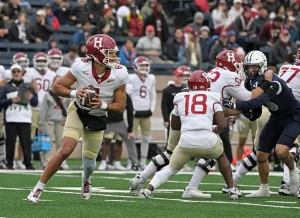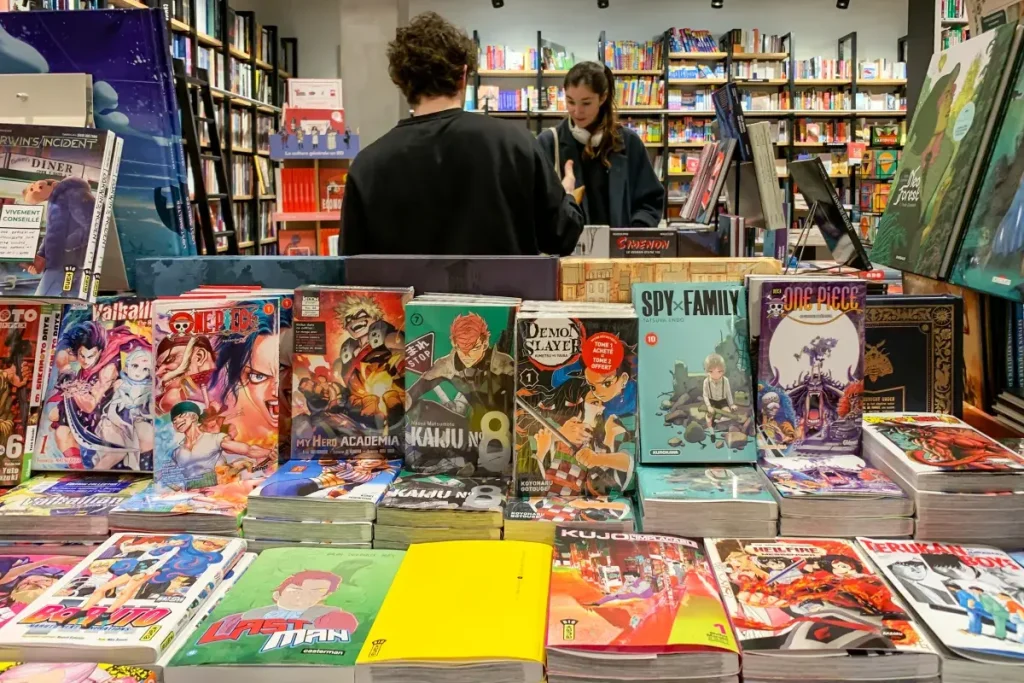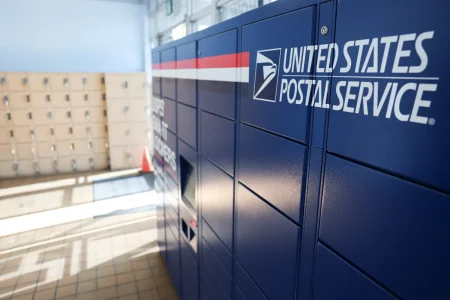The Evolution of Manga Accessibility: Crunchyroll’s Game-Changing Platform
The anime and manga landscape has transformed dramatically in recent years, evolving from niche interest to global phenomenon. With blockbuster franchises like Dragon Ball, Naruto, One Piece, and the record-breaking Demon Slayer series capturing worldwide attention, Japanese entertainment has firmly established itself in mainstream culture. Historically, fans have been divided into distinct camps—anime watchers versus manga readers, sub versus dub enthusiasts—each with their own preferences for experiencing these stories. While anime streaming has become increasingly accessible through platforms like Crunchyroll, manga readers have faced a more fragmented experience, often requiring multiple apps from different publishers to follow their favorite series. This landscape is now changing dramatically with the introduction of Crunchyroll Manga, a comprehensive platform aiming to revolutionize how fans access and discover Japanese comics.
Crunchyroll’s new manga platform represents an ambitious attempt to consolidate the reading experience into a single, user-friendly destination. “With the launch of Crunchyroll Manga, our goal is to deliver a seamless, all-in-one reading experience for fans,” explains Asa Suehira, Crunchyroll’s chief content officer. The platform was developed alongside Link-U, a Japanese digital manga specialist, to create an intuitive interface that brings together major publishers under one roof. This collaboration has produced a service featuring offline reading capabilities and a carefully curated, expanding library of titles. For many readers, this represents a significant step forward in accessibility, eliminating the need to juggle multiple apps or resort to unauthorized sources to follow their favorite stories. By bringing together prestigious publishers like VIZ, Square Enix, COMPASS, and others, Crunchyroll has created a legitimate one-stop destination for manga enthusiasts.
The platform’s comprehensive approach has generated excitement among devoted manga fans who previously needed to navigate a complex ecosystem of publisher-specific apps. Victoria L. Johnson, founder of Moonies Club and organizer of the Magical Girls Festival, expressed particular enthusiasm for the discovery potential: “I’m especially happy that people will get more access to discover more shojo and josei manga, which doesn’t always get printed in the U.S.” This sentiment highlights one of Crunchyroll Manga’s most compelling features—its ability to introduce readers to titles and genres that might otherwise remain inaccessible or overlooked in Western markets. Johnson points to recent evidence of untapped demand, noting how the NANA x Vivienne Westwood collaboration manga sold out at New York Comic Con in just 45 minutes. For readers with diverse tastes spanning multiple publishers, the convenience factor is substantial. As Johnson explains, “Being able to catch up on My Happy Marriage and The Apothecary Diaries from Square Enix, The Guy She Was Interested in Wasn’t a Guy at All from Yen Press, and Dr. Stone from VIZ Media in one place will be so convenient.”
The service’s technical features aim to recreate the traditional manga reading experience while adding digital conveniences. Crunchyroll Manga offers ad-free reading, authentic two-page spreads that preserve the original layout, and personalized recommendation systems to help readers discover new titles aligned with their interests. These quality-of-life improvements demonstrate Crunchyroll’s commitment to respecting the medium while enhancing it through technology. The platform is available as a premium add-on for subscribers across all tiers, with Ultimate Fan subscribers receiving access at no additional cost—a strategic move that adds significant value to Crunchyroll’s premium subscription offering. This integration into their existing ecosystem creates a seamless entertainment experience where fans can easily switch between watching an anime and reading its source material within the same service.
From a value perspective, Crunchyroll Manga presents an attractive proposition for dedicated readers. Johnson highlights the economic benefits: “Most manga volumes are $10-$15 each, so if you’re an avid manga reader who doesn’t mind reading digitally, it’s a pretty good deal right now.” With Fan subscribers able to add the manga service starting at $11.99 monthly and Mega Fan subscribers at $15.49, frequent readers can potentially access dozens of volumes at a fraction of their physical cost. This subscription model represents a significant shift in how manga is consumed, moving from individual purchases to an all-you-can-read buffet that encourages exploration across publishers and genres. The digital format also addresses practical concerns for collectors facing limited shelf space, while providing immediate access to new chapters without waiting for physical releases or shipping.
The launch of Crunchyroll Manga signals a maturation of the manga industry’s digital strategy and recognition of changing consumer habits. Available immediately on iOS and Android, with a web reader launching on October 15, the platform represents a comprehensive approach to manga distribution that mirrors successful models in other entertainment sectors. By centralizing content from multiple publishers, Crunchyroll is positioning itself as not just an anime streaming service but a holistic Japanese entertainment platform. This evolution comes at a pivotal moment when manga sales continue to surge globally and new readers are entering the market through anime adaptations. The platform’s success will likely depend on its ability to maintain a robust, diverse catalog while delivering the technical experience readers expect. If successful, Crunchyroll Manga could represent a watershed moment in how Japanese comics are distributed and consumed worldwide, potentially influencing similar consolidation in other comic markets and further accelerating manga’s global reach.














